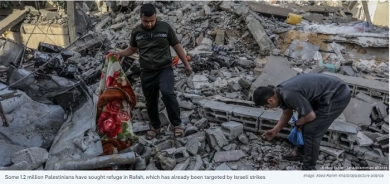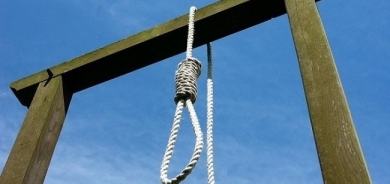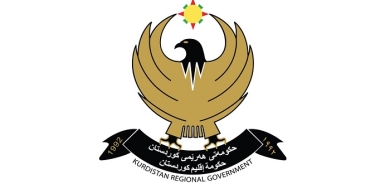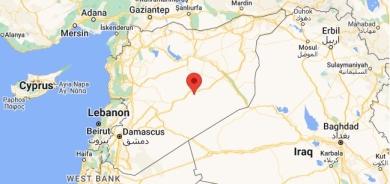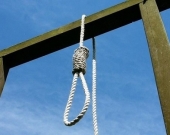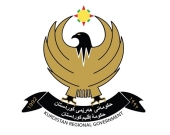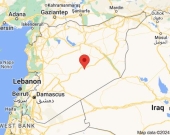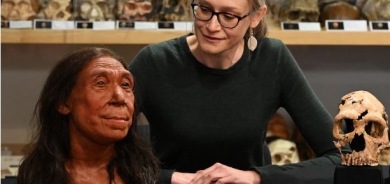A Memorial Tree in Sweden Honors Halabja Victims
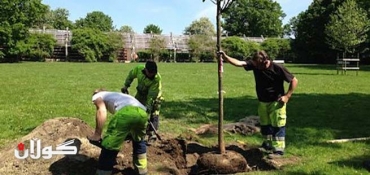
When Sirwan Dabagh spoke to his Swedish friends about the Kurds, he realized with great surprise how little their society knew about Kurdish suffering, including the horrendous Halabja tragedy.
Sirwan, who left Sulaimani in Kurdish-Iraq with his family when he was four, started lobbying in 2009 for a Memorial Tree for the victims of Halabja to be planted in his adopted homeland.
The Memorial Tree was planted on March 30 of this year, after four years of lobbying, led by Sirwan and supported by the Kurdish local community as well as Swedish local politicians.
With the date of the official inauguration of the memorial still undecided, Sirwan would like to use the donations received from the Kurdish community to raise awareness about Halabja, and hopes for help from the Kurdistan Regional Government (KRG).
‘’Who knows, maybe President Massoud Barzani would like to come,” Sirwan hopes. “But how do we get in touch with him?’’ the 28-year-old wonders.
The Memorial Tree is located in Folkets Public Park in Lund and is accessible to anyone wishing to honor the victims of Halabja or just visit and know more about Kurds and their background.
‘’The Memorial Tree was planted to educate the people and to honor the victims in Halabja and the Kurdish genocide in general regardless of their geographical location,’’ says Sirwan.
In March 1998, the closing weeks of his eight-year war with Iran, Iraqi dictator Saddam Hussein ordered a poison gas attack on the Iraqi-Kurdish village of Halabja, killing 5,000 innocent civilians, none involved in the war and many of them women and children.
The idea for the project began in March 2009 when Sirwan found that Swedes knew little about what happened at Halabja, or about the many sufferings of the Kurds, the world’s largest stateless people.
As a symbol of peace and sorrow, Sirwan chose a Davidia Tree, which originates from China., for the memorial. The tree is also known as “the dove tree” or “the handkerchief tree,” Sirwan explains, ‘’Because the shape of its leaves reminds one of doves or handkerchiefs. I thought it was a perfect symbol,’’ he explains.
’One could say that the dove tree is a tree of sorrow or a tree of peace, but many think it is one of the most beautiful and most spectacular trees in the world,’’ Sirwan says.
The Memorial Tree intends to raise awareness about the Kurdish genocide that is officially recognized by Sweden, but mostly to serve as a Memorial for the Kurds that perished in Halabja.
Sirwan explains how he expects visitors every year on March 16th, the annual date in homage of the Halabja victims. With a signpost sponsored by the city of Lund soon ready, brochures and presentation material, Sirwan hopes his initiative will gain more visibility and attack international interest.
A remembrance was already organized by Sirwan in 2011as part of the lobbying campaign for the Memorial Tree project, which attracted 250 people.
Sirwan explains how successful the remembrance was with the presence of Kurds, Swedish, local officials and journalists. Kurdish poet Ferhad Shakely was invited from Stockholm to offer a public reading of his poems during the ceremony. Swedish writer, Tord Wallström, who had stayed with KDP Peshmerga in the 70's Sirwan says, attended the remembrance too.
With other memorials ceremonies held each year for the victims of Halabja by an engaged Kurdish community – estimated at 100,000 -- Sirwan hopes the Memorial Tree will attract both Kurdish and Swedish people for a visit.
RUDAW

